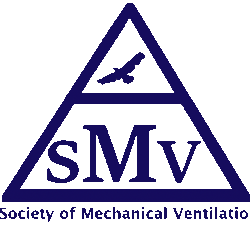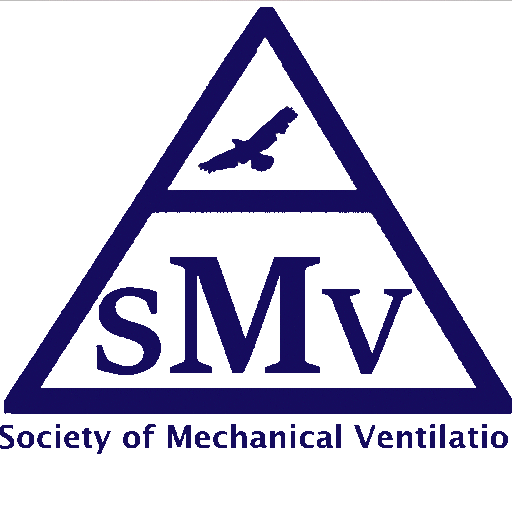
We get that important question frequently, but If you want me to tell you a specific brand and model, sorry I mislead you.
When it comes to a decision to buy a ventilator or multiple ventilators, it is a really tough decision with so many brands, models with different capabilities, modes and of course prices.
But one thing for sure, they are not all the same.
I encourage you to read this article: “Decision analysis for large capital purchases: how to buy a ventilator”
I welcome your feedback and comments on any other important factors that I might have skipped.
So what factors are involved ?
Price/Budget
Let’s start with the easy/difficult one. Price and budget are very important, but as my mother used to tell me “You get what you paid for”
Of course price/budget could restraint you but trust me it should not be the only decisive point.
Cost Efficiency
Initial Cost: Balance between features, brand reputation, and cost.
Operating Costs: Include consumables (filters, tubing), maintenance, software updates, and licensing fees.
Longevity: Consider the lifespan of the device and the potential need for future upgrades.
Capabilities
I always say: a fancy expensive car and a working 2nd hand old car will take you from one point to the other, but others will tell me it wouldn’t be the same journey.
Depending on your needs, you should consider a ventilator with neonatal, pediatric, adult capabilities (3 in 1). Having high flow oxygen therapy, non-invasive capabilities are a great plus (another 3 in 1)
Integrated humidification and options for delivering aerosolized medication is beneficial too.
Technological Features
Finally the exciting stuff
Modes: When it comes to modes, most of ventilators have the base set point modes like volume-control, pressure-control, pressure support, SIMV, APRV, etc. Few others have their own automated or smart modes. Evaluate your needs and consider their benefits. Just please don’t get confused by names of different modes names that sound fancy but they are basic modes that might be available in all other ventilators.
Monitoring: don’t disregard monitoring, in my opinion it is the most important feature of a ventilator. Now most of ventilators have airway pressure, flow, volume – time and loops to monitor. Advanced monitoring like esophageal pressure, transpulmonary pressure vs time and volume curves, volumetric capnometry, and maybe one day Electrical Impedance Tomography (EIT) integrated in the ventilator.
Accuracy of delivered flow, volume and pressures are very important especially in neonates or pediatrics. FDA and ISO have standards of usually +/- 5 – 10% deviation which could be significant in those patients’ population.
Connectivity: Ability to interface with central monitoring systems and other hospital technology for remote monitoring and data collection.
Durability and Reliability
Build Quality: The robustness and durability for long-term use in different environments (ICU, transport, MRI).
Maintenance Needs: Evaluate how frequently maintenance is required and the ease of servicing.
Battery Life and Backup: adequate battery life for power outages or patient transport.
Ease of Use and Usability
User Interface: A clear and non confusing intuitive touch-screen interface for quick adjustments and monitoring
Workflow Integration: Easy integration into existing workflows, including charting and electronic health record (EHR) systems.
Mobility and Portability: If it needs to be moved frequently, consider its weight, mobility (e.g., battery life for transport), and size.
Training and Support: Availability of comprehensive training for staff and 24/7 support services from the manufacturer.
Brand Reputation and Reviews
Manufacturer Reputation: Consider the track record and reputation of the manufacturer for quality, reliability, and service.
User Reviews: Feedback from healthcare facilities and clinicians using the same or similar models can provide valuable insights.
At the end, good luck and remember so far for the most part, clinicians control the machine not the machine control the clinician
At least for the time being

